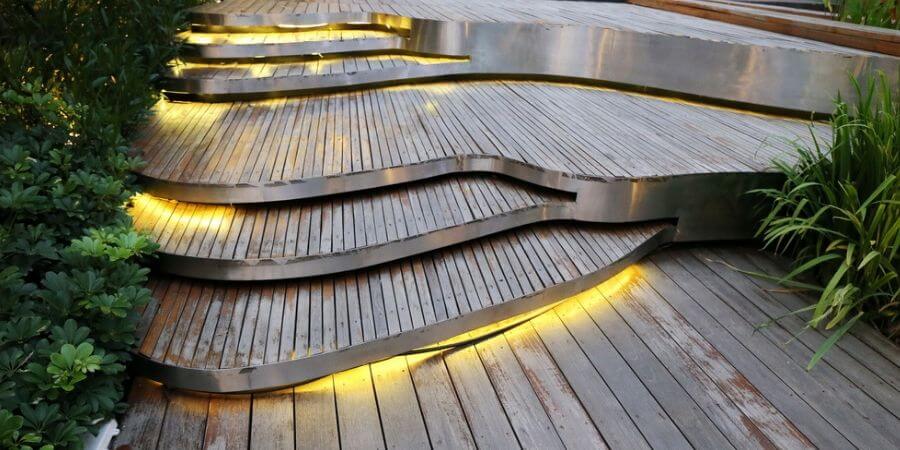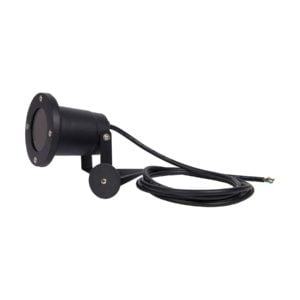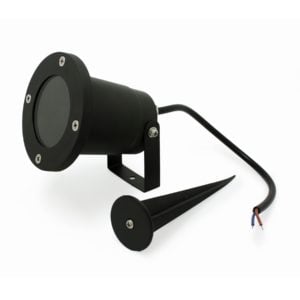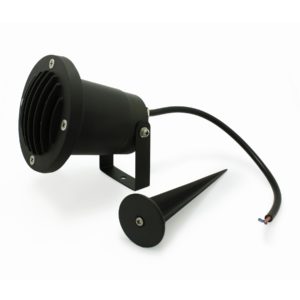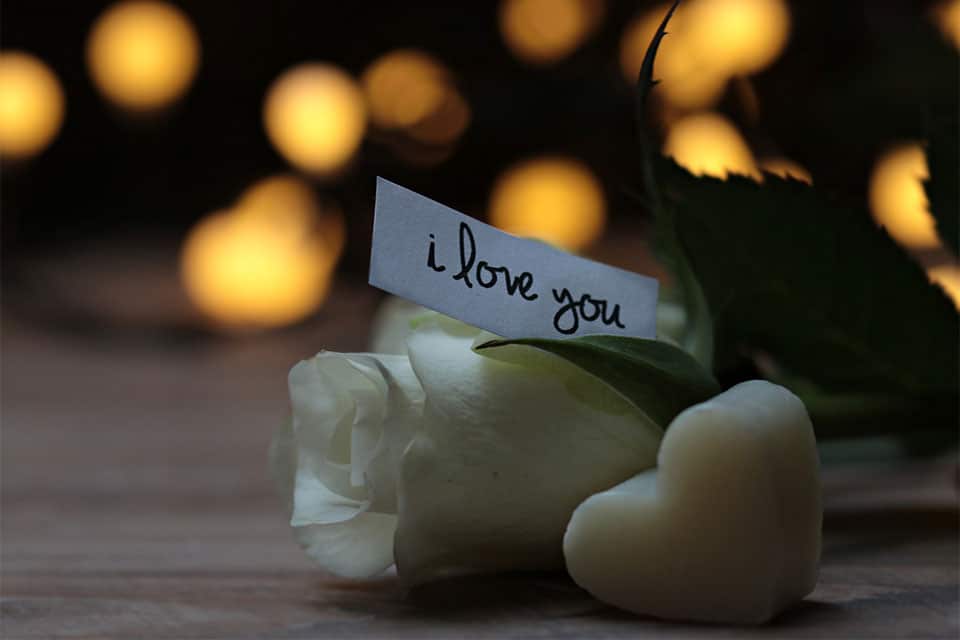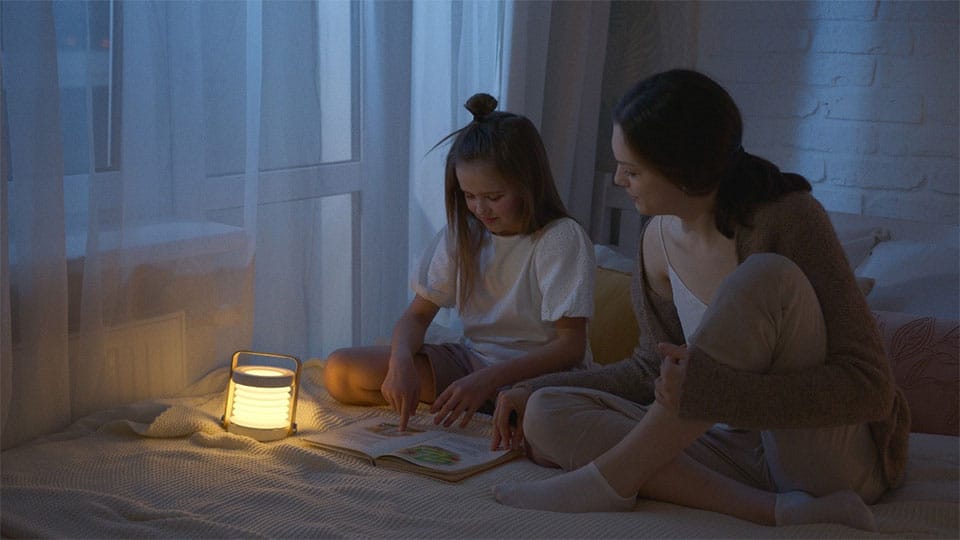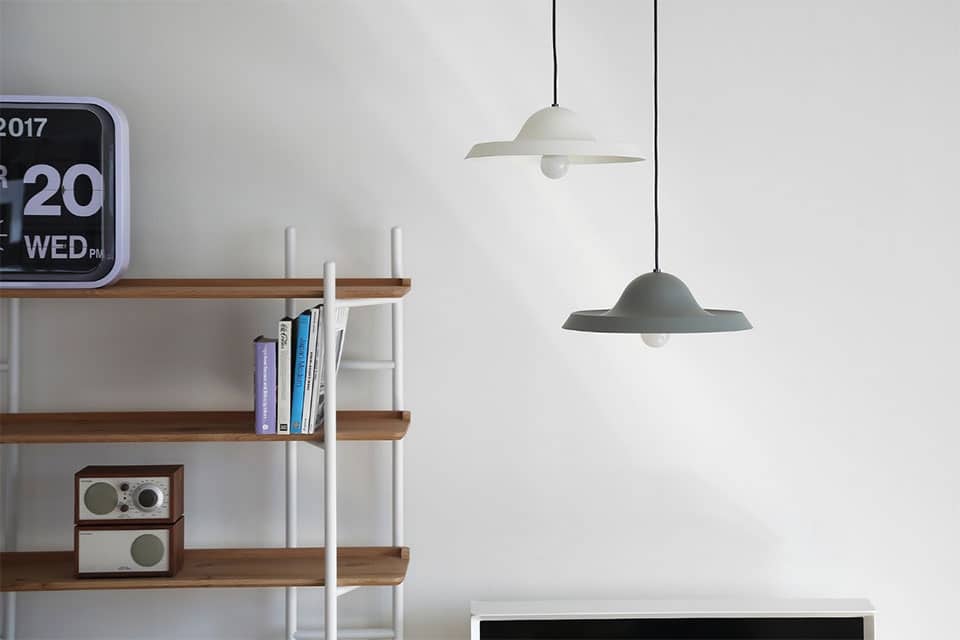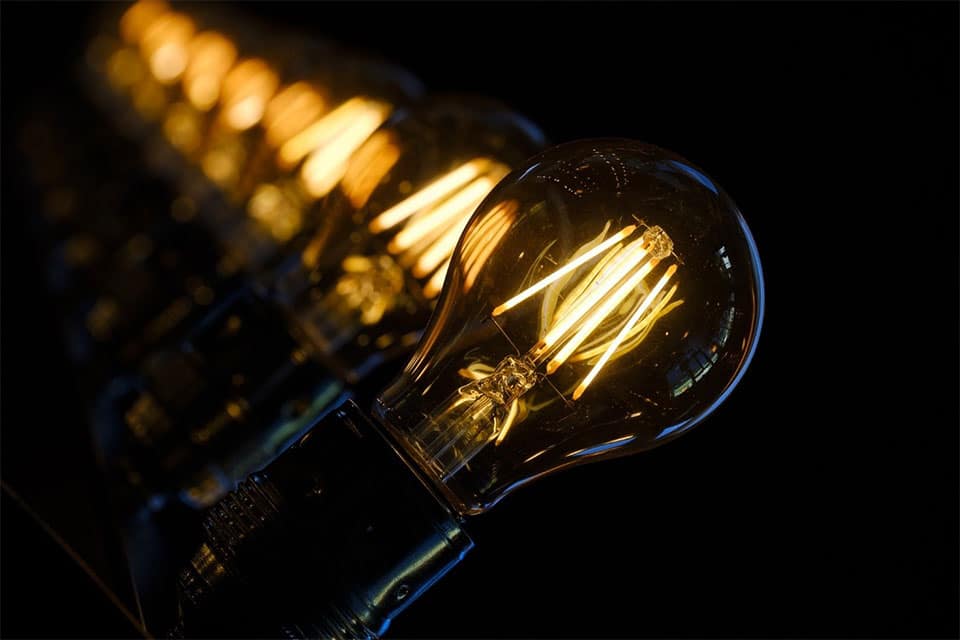Spring is in the air and summer is not far behind, and for a place that only gets somewhere between 360-600 hours of sunshine in the warmest months (depending on where you’re located), we know how important good outdoor lighting is.
Whether you’re trying to brighten up a gloomy day or extend your evenings in your garden, the type of light fixtures you select will have a huge impact on the look and feel of your outdoor space, as well as the impact you will have on your neighbours and nature. Knowing this, how do you ensure you make the right selection?
To start with, learn about the different types of outdoor lighting and outdoor lighting fixtures available.
Outdoor lighting techniques
There are a variety of lighting techniques that effectively utilize different styles of outdoor lighting fixtures to highlight key features in your yard and create a unique and beautiful space to enjoy, including:
- Up lighting is where a lamp—typically a spot or flood light—is pointed upwards to uplight a feature of the yard or home, such as a tree or an architectural detail.
- Silhouetting and shadowing of interesting shapes and beautiful plants or sculpture in your yard can be done by placing the light fixture in front of or behind the item you are illuminating.
- Moon lighting is a form of downlighting that involves illuminating a tree from above so it appears that the moonlight is coming through the branches.
- Grazing requires you to place the light in proximity to a wall in such a way that it casts both light and shadow, emphasizing any unique textural details. For this reason, it works best on stone walls or walls with an uneven finish.
- Washing is a brighter and more even version of grazing. Wall washing creates an even layer of light that softly reflects ambient lighting back into a space. This type of lighting works well in enclosed patio areas.
- Path – exactly what it sounds like, path lighting is when lamps are used to illuminate a walkway. The best path lighting invites you down the pathway and leads you safely, with well spaced fixtures to provide even illumination. Just be careful not to add too many lamps as this can make the space look crowded and too bright, casting harsh shadows. You likely need fewer fixtures than you think.
Outdoor lighting and outdoor lighting fixtures
When selecting fixtures for your garden, you should have a vision in mind of how you want it to look. Pick a style you like, but also remember to factor in the type of light this will provide, the ambience it will create, and how that lighting will spread beyond the area you are intentionally illuminating.
Before you start purchasing fixtures and light bulbs, ask yourself:
- What is the purpose of this lighting? To light a path, illuminate a feature of your garden, or brighten up the front porch?
- Is the lighting necessary?
- Can it be safely and correctly installed in the area it is going to light?
- How directional is the light? Does it illuminate the intended area, or does it accidentally send light in the wrong direction, creating light pollution?
- Would another fixture provide more accurate lighting and better create the aesthetic you are striving for?
With these questions answered, you can make smarter choices about which type of fixtures and lighting you want in your yard.
You typically have 3 options when it comes to outdoor light fixtures:
- Wall mounts
- Ceiling mounts
- Landscape lights
Wall mounts
Similar to the lamps you use inside your home, wall mounted outdoor light fixtures such as lanterns and sconces build in indirect ambient or accent lighting. You often see them used to illuminate front doors and street addresses, but wall mounts also work well in areas like walled seating areas, stairs, and patios.
Wall mounts can inadvertently (or sometimes advertently) direct light upwards, so ensure that you select a fixture that properly protects against skyglow to reduce light pollution.
Ceiling mounts
Outdoors, ceiling mounts are (surprise!) best suited to areas where you have a ceiling, such as a porch, covered patio, outdoor kitchen or dining area, or other similar structure. There are a few different styles of ceiling mounted lamps that can be utilized outside:
- Flush mounts – ideal for low ceilings and areas that are slightly more exposed to the elements as they are more protected than other types of mounted fixtures.
- Pendants or hanging lamps – perfect ceilings with lots of vertical clearance. These often work well in porches.
- Fans – best in spots with a bit more space to work with and where you will be lounging or working, such as covered patios, an outdoor kitchen, or dining areas.
PRO TIP: Remember that outdoor lamps are not as protected as indoor lighting, so you will need to select fixtures with the correct IP rating and no fragile parts that could easily be damaged or broken by weather or animals.
Landscape lights
Landscape lights are installed to show off your garden and its features, and the fixture itself should complement the garden or fade away entirely. These fixtures are designed to add security lighting or accent and decorate the area by providing atmospheric lighting and illuminating walkways, rather than bright task-style lighting or something that distracts from the features you are hoping to showcase.
- Deck and step lights – provide soft, low-level accent lighting and can be installed along pathways, drives, and inserted into decks and stairs to make them safer to navigate after dark. Because they are typically uncovered, select a warm bulb with a lower lumen level to provide some light without creating unnecessary glare. Use them for: path lighting
- Post mount or pier mount lights – small light fixtures that are installed on top of an existing post or railing, typically used along gates, decks, and fences. Because they can be installed on top of pre-existing structures, they have flexible placement and can provide light without taking up space—perfect for smaller gardens. Use them for: path lighting
- Path lights – if you have outdoor lights installed, they almost certainly include path lights. One of the most popular and frequently used types of outdoor lighting, these small, ground-mounted lamps are used to line pathways and walkways, subtly illuminate garden beds, and highlight and outline water features such as ponds. Use them for: path lighting
- Bollards – the fairly industrial-looking, bulkier, and more durable version of a path light. These can often be found in public spaces or used to line drives and parking lots, but if you have an appropriately sized outdoor space, they can help create a minimal, architectural look. Use them for: path lighting
- Hardscape lights – a less traditional type of wall mounted lighting, hardscape lights are small LED fixtures that are mounted onto stone fences, raised flower beds, and other wall features in a yard to wash it in light and emphasize their unique texture and add visual interest.Use them for: washing, grazing
- Spotlight – typically installed in the ground and aimed upwards to wash trees, plants, buildings, and statues in light. This can create a lot of light pollution and inadvertently shine into your neighbour’s window, so always make sure to turn them off before you head in for the night. They can also be mounted on a tree and aimed downward to create a moonlight effect. Use them for: path lighting, silhouetting and shadowing, moon lighting, washing
- Flood light – often used as security lighting, these fixtures are placed high in the yard to flood the area with light. These are ideal for times when your children may want to play in the yard after sunset. Unless they have built-in covers, these types of lamps are often omni-directional and cast a wide beam, so light can easily bounce upwards into the sky. Set them up with motion-detectors or turn them off when you’re heading in at the end of the night.Use them for: security, silhouetting and shadowing, moon lighting, washing
- Well lights – these lights offer some of the benefits of spotlights with less of the profile (and a little bit less directionality). Well lights are inserted directly into the ground to produce a flat-surface, and have the appearance of a well. Some well lights come with very high IP ratings and can be installed directly into ponds and pools. In this case, they are typically referred to as “pond lights”.Use them for: up lighting, path lighting, washing, grazing
PRO TIP: All lamps that will be exposed to water, and especially those that will be partially or fully submerged in water, should have the appropriate IP (Ingress Protection) rating for their location:
- IP65 is water resistant, and can tolerate water projected directly onto the enclosure, but is not waterproof and should not be submerged in water.
- IP66 is water resistant and can tolerate water being sprayed forcefully from any direction, but should not be submerged in water.
- IP67 is water resistant and can tolerate brief periods of submersion in water up to 1 metre.
- IP68 is considered waterproof and can be permanently submerged in depths greater than 1 metre.
- Cove lighting – similar to indoor cove lighting, outdoor cove lighting is created by hiding strip lighting under an overlapping or overhanging area, such as a step, walkway, pool edge, or railing, to create a soft, decorative glow.Use them for: path lighting
PRO TIP: Whenever we add elements such as lighting into outdoor spaces, it is important to consider the impact your choices can have on the world around you. Make educated light fixture selections with this guide to outdoor lighting basics from the International Dark-sky Association (IDA).
Learn more about how outdoor lighting impacts nature.
Conclusion
Whatever you want outdoor lighting for—entertaining, personal enjoyment, security, or so your children can play after the sun has gone down—there are a wide range of outdoor light fixtures to help you accomplish your goals and create whatever look you want. Knowing what your goals are and having a rough idea of the layout you would like beforehand is essential. And of course, don’t be afraid to reach out to an expert for help.
Need more tips? Find out how to properly light your outdoor space or check out our guide for lighting your garden.





















































































